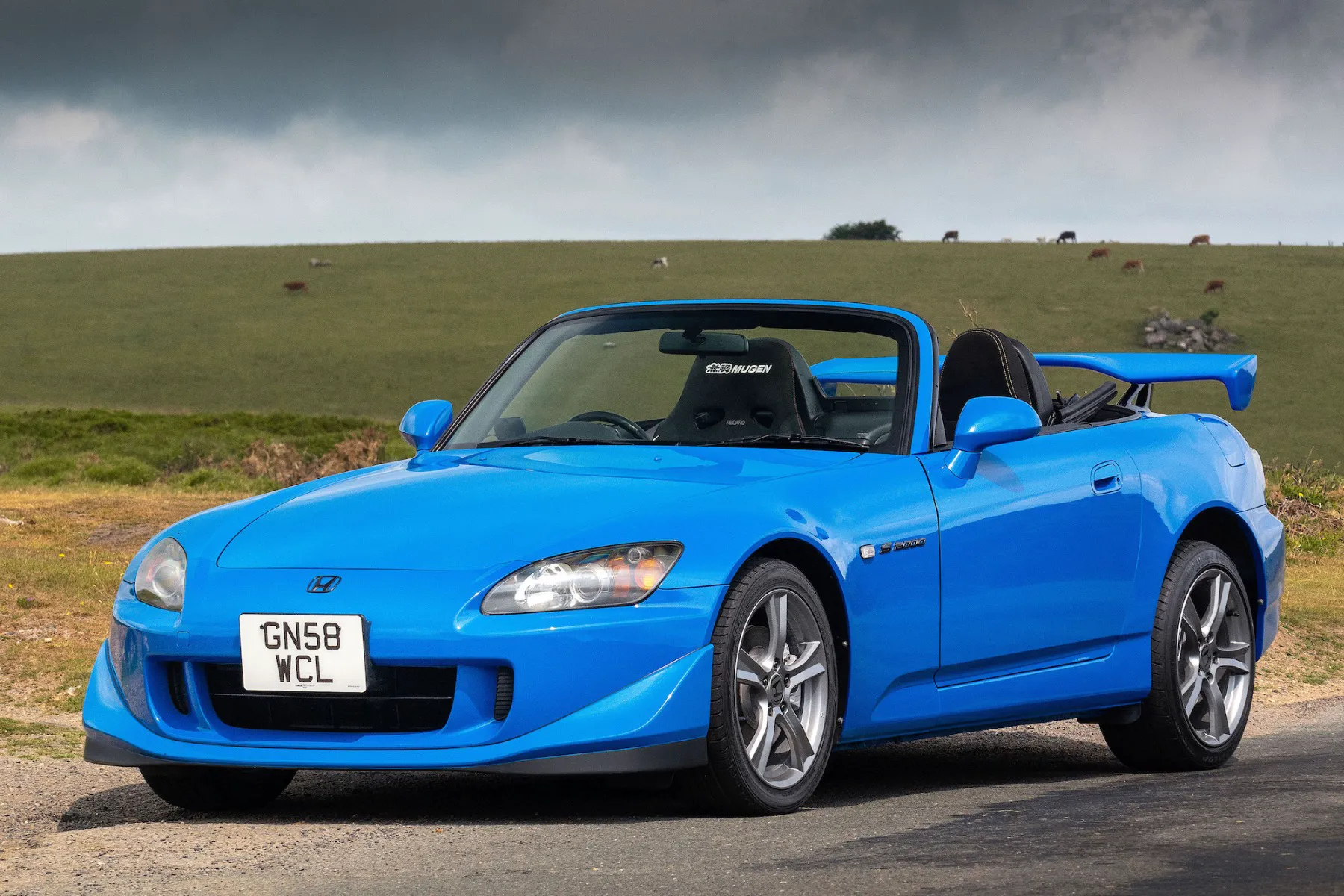In the ever-evolving landscape of automotive enthusiasm, there are a few constants. One is the deep emotional bond car lovers form with specific models—not always the newest, flashiest, or most expensive, but often the ones that offer an unfiltered driving experience, storied lineage, or sheer character.
For true enthusiasts, cars are more than just machines; they’re extensions of identity, culture, and memory. And when it comes to the used market, passion doesn’t follow a simple depreciation curve—it follows engagement, potential, and the timeless pursuit of driving joy.
This is why some vehicles, despite age, mileage, or quirks, continue to be obsessively hunted down. Whether it’s the perfectly balanced rear-drive architecture of a Mazda MX-5 Miata, the high-revving glory of a Honda S2000, or the rally-bred aggression of a Subaru WRX STI, these are cars that never quite fade from the enthusiast’s radar. They’re not just purchased—they’re adopted, cherished, restored, and modified.
They often define chapters in a driver’s life. Some are garage queens meticulously maintained; others are daily drivers that see autocross days on weekends. But what unites them is a sense of emotional and mechanical connection that newer, more sanitized cars often fail to replicate.
On the other hand, some vehicles exist in the periphery of the car world—owned by many, beloved by few. These are the models that enthusiasts rarely, if ever, seek out used, even if they’re affordable or mechanically competent. Sometimes the reason is simple: poor driving dynamics, lifeless handling, or an uninspired powertrain.
Other times, it’s about image, a lack of support from the tuning community, or a fundamental absence of “soul.” Whatever the reason, these cars rarely make it into conversations about future classics or worthwhile projects. Instead, they remain mere tools—transportation appliances devoid of excitement.
This article takes a closer look at five used car models that continue to capture the imagination and loyalty of enthusiasts, contrasted with five that are nearly universally ignored by that same crowd. The goal isn’t to mock or belittle the latter group of vehicles—many have served their owners well and fit the needs of their target markets. Instead, the focus here is on what elevates a car from practical to passionate. What makes one model a weekend obsession and another a punchline at a meet?
To explore this, we’ll dive into the mechanical character, cultural impact, and emotional draw behind enthusiast favorites. These are cars that may be flawed, but make up for it with charisma and driving satisfaction. Conversely, we’ll examine those models that lack engagement or identity, the ones that remain firmly outside the enthusiast bubble.
From the garage icons that hold their value (and then some) to the uninspiring rentals no one wants to inherit, this is a tale of love and indifference played out across Craigslist ads, auction sites, and midnight wrenching sessions.
For buyers considering their next project or weekend toy, understanding which models retain an enthusiast following can mean the difference between investing in a future classic or buying a car you’ll regret within a month.
Likewise, avoiding the common traps of cars that offer little in terms of driving joy can save a great deal of time and money. Some models shine regardless of age, becoming the backbone of enthusiast culture. Others, well, they’re left parked in the shadow of greatness, quietly awaiting owners who never show.
So, whether you’re someone hunting for that dream used performance car or just curious about how enthusiast tastes evolve, this breakdown offers a window into the psychology of passionate driving. These are the used cars that get bought again and again, for all the right reasons, and those that, despite their presence on dealer lots and classifieds, are always passed by. In the end, it’s not about horsepower or price—it’s about feel. And some cars have it in spades, while others never did.
Also Read: 5 Pickup Trucks That Age Gracefully and 5 That Rust Prematurely
5 Models That Car Enthusiasts Still Buy Used
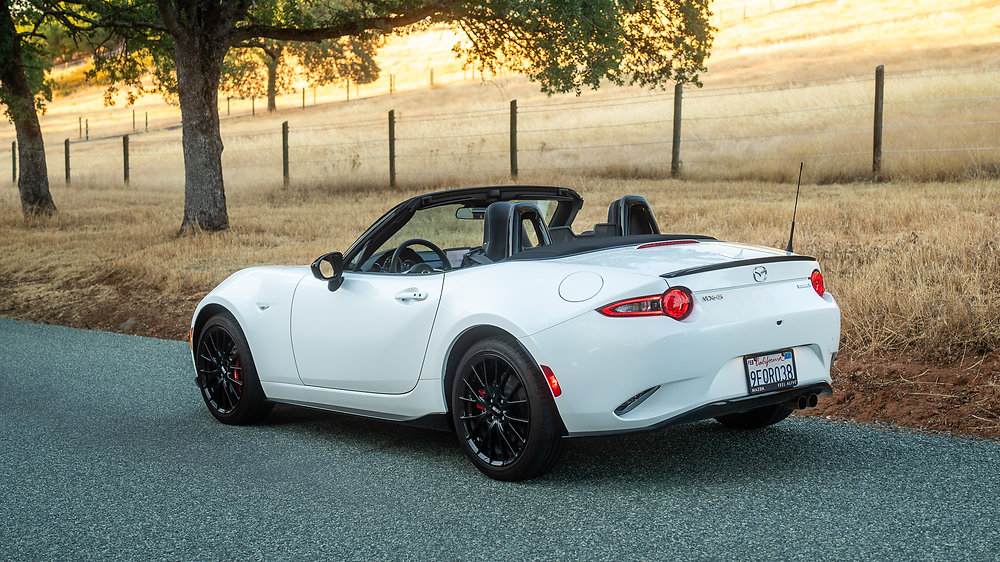
Mazda MX-5 Miata (NA/NB)
The Mazda MX-5 Miata, particularly in its NA (1989–1997) and NB (1998–2005) generations, continues to attract a fiercely loyal following. At a glance, it may appear modest—small, light, and relatively low-powered—but this simplicity is exactly what has helped it age like fine wine.
The Miata was designed to be a spiritual successor to classic European roadsters like the Lotus Elan, yet it surpasses them in reliability, accessibility, and day-to-day usability. For many enthusiasts, the Miata is the very definition of a “driver’s car.”
The NA Miata’s most iconic feature is undoubtedly its pop-up headlights, a design cue that instantly marks it as a classic. But it’s what lies beneath the sheet metal that earns the Miata its reputation. A featherlight chassis, a rev-happy 1.6 or 1.8-liter engine, and one of the most direct manual gearboxes ever made come together to create an incredibly pure driving experience. Enthusiasts often describe it as “the most fun you can have under 100 horsepower,” which speaks to the joy of its momentum-based driving.
Despite its age, the Miata’s design remains surprisingly modern in philosophy. In an era where cars are growing larger and more tech-laden, the Miata’s lightweight construction and mechanical honesty are refreshing. Driving one today feels like stepping into a time machine, back to a period when the connection between driver and machine was paramount. This purity is what keeps it in high demand, especially among those who grew up before the digital age of motoring.
Another factor in its continued popularity is its unmatched aftermarket support. There are entire companies dedicated solely to Miata performance and aesthetics. Whether you want to build a canyon carver, a track monster, or a slammed show car, the Miata is a perfect blank canvas. The breadth and affordability of available parts mean customization is only limited by imagination and budget. This ecosystem has helped the Miata become a long-term project car for thousands of owners.
In terms of practicality, the Miata remains surprisingly competent. Fuel economy is respectable, especially for a sports car, and maintenance is typically easy and inexpensive. The car’s modest size might limit cargo space, but owners aren’t in it for utility—they’re in it for smiles per gallon. And in that metric, the Miata is peerless. For weekend warriors or those wanting a second car that brings joy without constant bills, it’s an easy choice.
Moreover, the Miata serves as an educational tool for car culture. It teaches mechanical sympathy, proper cornering technique, and the art of weight transfer. Unlike high-horsepower cars that can mask driver mistakes, the Miata demands that you earn your speed. It’s this very challenge that endears it to veterans and beginners alike—there’s no cheating physics in a Miata, only mastering it.
The affordability of earlier models continues to bring new enthusiasts into the fold. With prices still reasonable for non-pristine examples, younger drivers can get behind the wheel of a car that’s more than just affordable—it’s a bona fide icon. Many Miata owners end up keeping them for life, even as their collections grow, because few cars offer so much fun for so little.
It’s also worth mentioning the sense of community that surrounds the Miata. From national clubs to local meetups, there’s a camaraderie among owners that’s almost cult-like in its devotion. That shared love, combined with the car’s charm and capability, ensures that the NA and NB Miatas will remain staples of the enthusiast scene for decades to come.
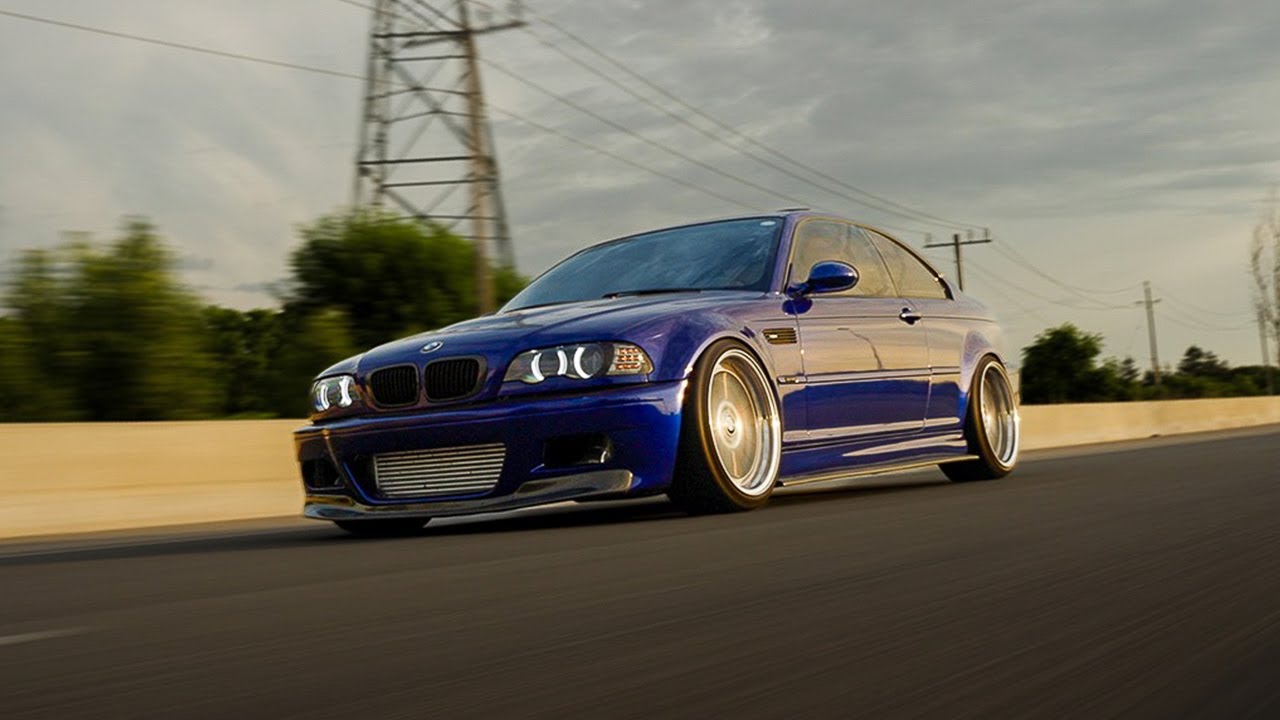
BMW E46 M3
When enthusiasts speak of the golden age of BMW, the E46 M3 (2000–2006) frequently tops the list. This iconic model represents a rare intersection where raw performance, mechanical purity, and everyday usability collide. The E46 M3 isn’t just another fast BMW—it’s a benchmark for what a performance coupe should feel like. Enthusiasts still chase these on the used market not just for the power or badge, but for the experience it provides at every touchpoint.
At the heart of the E46 M3 is the legendary S54 engine. Producing 333 horsepower and revving to an exhilarating 8,000 RPM, this naturally aspirated inline-six is one of BMW’s finest. It delivers its power with a high-revving ferocity that’s become rare in the modern age of turbocharging. Paired with a crisp six-speed manual gearbox (or the somewhat controversial SMG automated manual), the powertrain remains deeply engaging even by today’s standards.
But the M3’s brilliance goes beyond straight-line numbers. The steering is hydraulic and full of feedback, the chassis is taut yet forgiving, and the overall balance of the car allows drivers to feel both confident and challenged. This communicative nature makes it feel alive in your hands. Whether carving through mountain passes or taking hot laps at a track day, the E46 M3 constantly reminds you why you fell in love with driving in the first place.
Enthusiasts also appreciate its understated aesthetic. The wide fenders, quad exhaust, and subtly aggressive bumpers give it presence without screaming for attention. It’s a car that turns heads because of what it is, not because of loud styling or gimmicks. And that timeless design contributes to its appeal on the used market, where well-maintained examples are increasingly treated as modern classics.
As expected, aftermarket support is immense. Owners can tweak suspension setups, add upgraded differentials, or even perform full race builds. However, many enthusiasts prefer to keep them mostly stock, respecting the factory balance that BMW engineers worked so hard to perfect. This flexibility allows owners to tailor the M3 to their driving style without compromising its core character.
The model does have known issues—particularly the rear subframe cracking and rod bearing wear—but most informed buyers approach these with eyes wide open. Enthusiasts are willing to put in the work, either through DIY repairs or by sourcing examples that have already been addressed. This diligence only adds to the car’s community of knowledgeable, passionate owners.
Importantly, the E46 M3 isn’t just for BMW purists. It draws admiration from a broad range of enthusiasts, from JDM fans to American muscle lovers, because of how purely it drives. It represents a shared respect for analog greatness, and it continues to earn accolades at car meets and track days around the world.
Values for clean examples are rising, and for good reason. Many consider the E46 M3 one of the last truly analog M cars before BMW began leaning heavily into luxury and digitalization. It’s not merely a good used sports car—it’s a milestone in automotive history. For enthusiasts who missed it the first time, the used market offers one last chance to own something special.
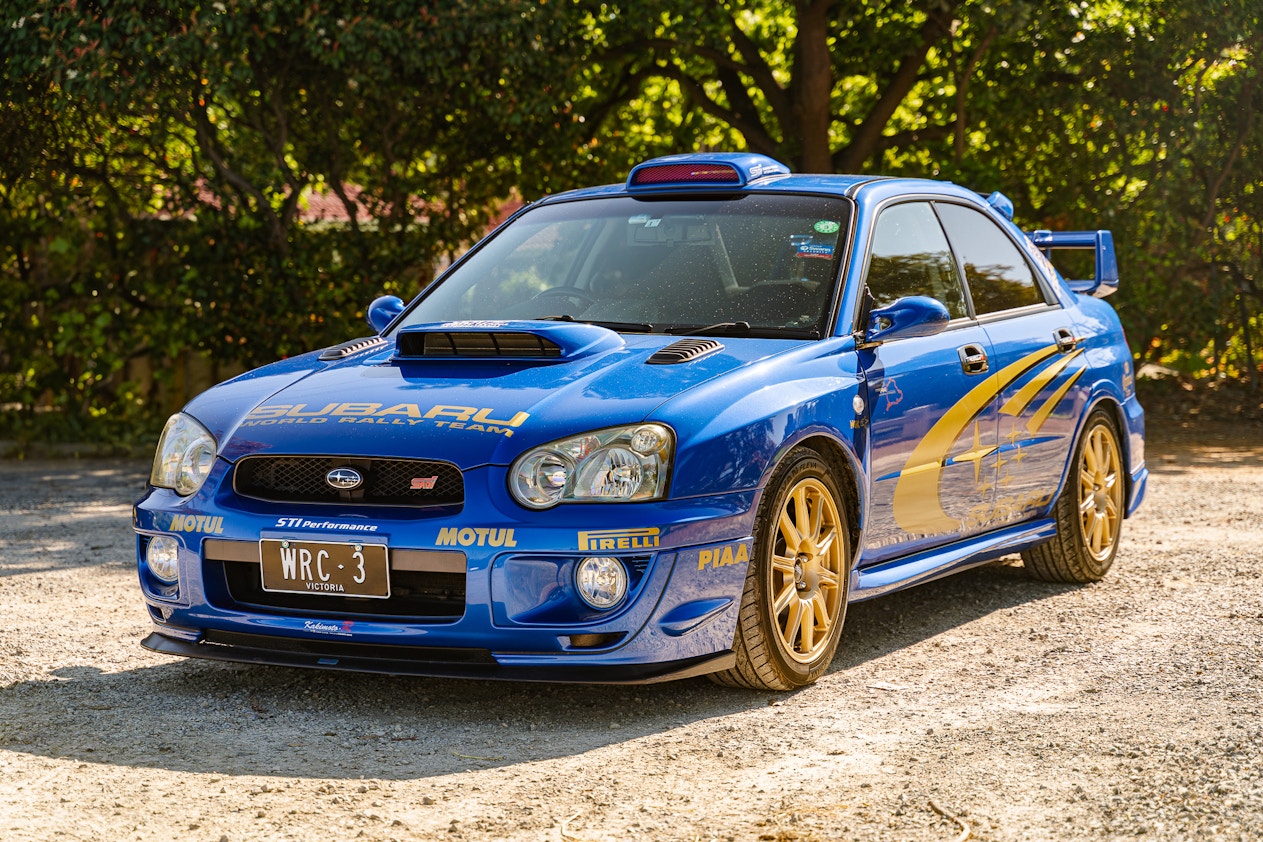
Subaru Impreza WRX/STI (GD Chassis)
One of the most compelling reasons enthusiasts still seek out GD WRX and STI models is their versatility. These cars are just as happy commuting to work as they are blasting down gravel forest roads or ripping through an autocross course. Few vehicles offer such a wide range of capability in a single package, and even fewer do so with such a strong community behind them. That versatility has kept them in driveways and garages long after production ended.
Speaking of community, the WRX/STI scene is vast and highly active. Forums like NASIOC and regional Subaru clubs are goldmines of technical information, DIY guides, and event coverage. There’s a strong emphasis on inclusivity and education—new owners are often welcomed with open arms, whether they’re building a daily driver or a track warrior. This strong support network makes it easier for newcomers to dive into performance modifications without fear of getting lost in the process.
From a tuning standpoint, the GD chassis is one of the most moddable in its class. Turbo upgrades, ECU reflashes, E85 conversions, and suspension swaps are common and relatively accessible. It’s not uncommon to see 400+ horsepower builds on stock internals, and yet the platform still maintains daily reliability if executed properly. This flexibility to either keep it stock or go wild with modifications is a major reason why these cars still fly off used car listings.
Of course, there are caveats. These cars are often driven hard, and many have questionable modification histories. Head gasket issues, oil consumption, and worn transmissions are all concerns, especially in WRX models. But for the enthusiast, these are calculated risks, and many would rather take on a project car than settle for something that lacks personality. A well-maintained GD WRX or STI with a clean history is becoming a unicorn—and the hunt is half the fun.
In terms of long-term value, these Subarus are already becoming semi-collectible. Pristine STIs from the mid-2000s are fetching impressive prices on enthusiast auction sites, and limited editions like the WRX STI “Spec C” or “S204” are rare gems. As Subaru continues to embrace larger, heavier designs and CVT gearboxes in its newer lineup, these older cars are beginning to look even more special in retrospect.
There’s also a nostalgic factor at play. For many millennials, the GD WRX/STI was the dream car of their teenage years. It was the car you drove in “Gran Turismo,” watched dominate in “Rally Championship,” and admired in your neighborhood if someone was lucky enough to own one. That emotional attachment transcends logic—it’s about recapturing a feeling. And that desire alone is enough to drive sustained demand in the used market.
Ultimately, the GD generation represents the peak of Subaru’s enthusiast-driven engineering. It’s loud, raw, and unapologetically performance-focused. And in a world rapidly shifting toward quieter, heavier, more sterile vehicles, the WRX and STI from this era are a defiant middle finger to compromise. That’s why, almost 20 years later, enthusiasts still chase them down without hesitation.
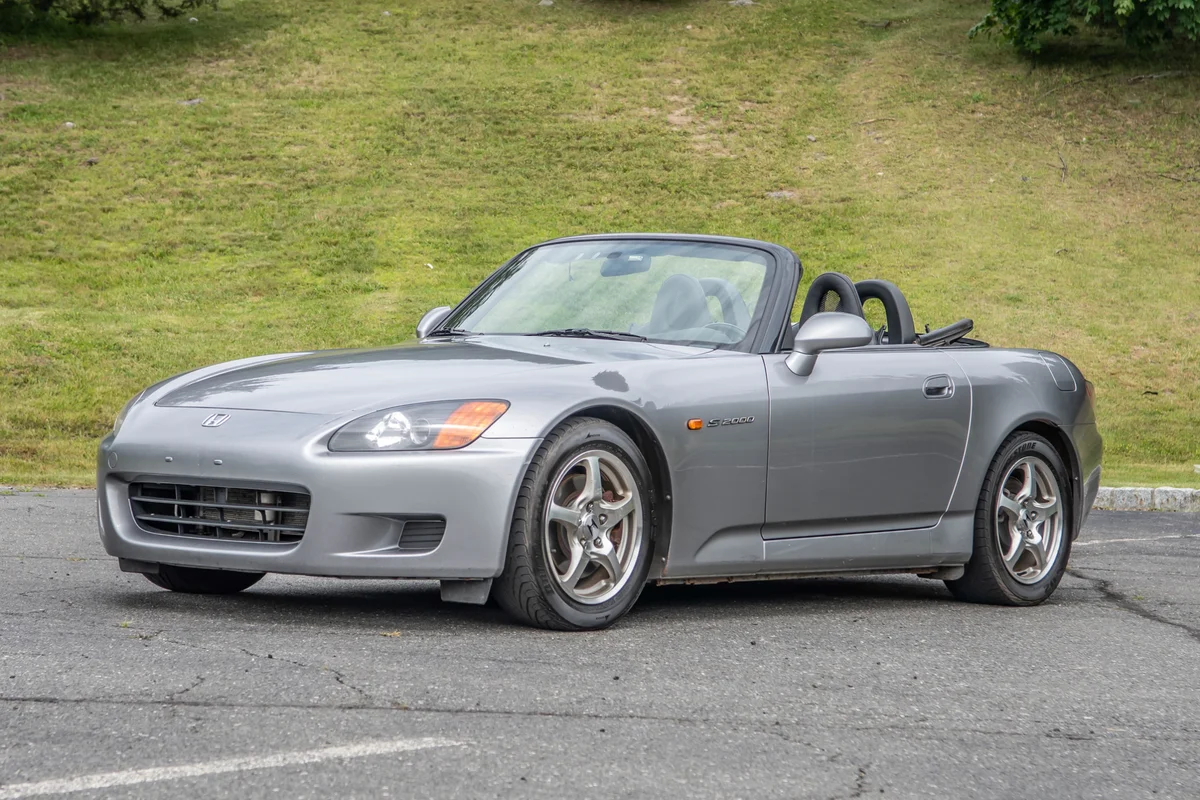
Honda S2000
If ever there was a car that distilled Honda’s engineering brilliance into a single, thrilling package, the S2000 is it. Built to commemorate Honda’s 50th anniversary, this high-revving roadster launched in 1999 and left the market in 2009, leaving behind a legacy that’s only grown in stature. For enthusiasts, it remains a unicorn—rare, rewarding, and utterly unlike anything else on the road today.
The first thing that captures attention is the engine. The AP1 S2000 came with a 2.0L F20C four-cylinder that revved to a staggering 9,000 RPM and made 240 horsepower—without turbocharging. That’s 120 hp per liter, a record that stood for years. It’s not just the numbers that impress; it’s the way it delivers them. Below 6,000 RPM, it’s mild and tractable. But once you hit VTEC engagement, it transforms into a screaming banshee. It demands your full attention and rewards skilled driving.
The AP2, released in 2004, made subtle but significant improvements. The engine was enlarged to 2.2L (F22C1), with more torque and a slightly lower redline. Suspension tuning was revised for better stability and comfort, especially for U.S. roads. Yet the core attributes—high-revving excitement, sublime balance, razor-sharp steering—remained untouched. For many, the AP2 is the more mature choice, while the AP1 offers the most raw experience.
Handling is perhaps the S2000’s greatest strength. Thanks to its front-midship layout and 50/50 weight distribution, it turns in with ferocious precision. The chassis feels alive underneath you, and the feedback through the steering wheel and pedals is vivid. Every corner becomes a conversation between man and machine, and the car’s tight dimensions make it perfect for twisty back roads or autocross circuits.
Even today, the S2000’s manual transmission is widely considered one of the best ever made. Short, precise throws with a rifle-bolt feel turn every shift into an event. Enthusiasts often say that once you’ve driven an S2000, everything else feels vague or numb. That kind of benchmark-setting engagement is precisely why demand for used examples hasn’t faded—it’s only intensified.
What’s fascinating is how well the S2000 has aged. Its minimalist, aircraft-inspired interior still feels focused and purposeful. There are no distractions—just a digital tachometer, a manual shifter, and the road ahead. It embodies the “less is more” philosophy, a rarity in today’s world of infotainment screens and adaptive everything. That timelessness is another reason why enthusiasts treat it more like a classic than a used sports car.
Aftermarket support is robust, but many owners choose to keep the car close to stock. The S2000 is already so finely tuned from the factory that modifying it requires careful planning. Still, there’s a healthy scene for performance suspension, superchargers, widebody kits, and more. Whether you want to track it, show it, or just enjoy spirited weekend drives, the S2000 is versatile and dependable enough to suit multiple roles.
Prices for clean, low-mileage examples are already skyrocketing. Especially desirable are the AP1s in rare colors, as well as the final-year CR (Club Racer) editions, which were stripped-down, track-focused versions. Collectors are beginning to realize what many enthusiasts already knew: the S2000 wasn’t just a good sports car—it was a once-in-a-generation masterpiece.
In a world where Honda has largely shifted its focus to efficiency, the S2000 stands as a defiant reminder of the brand’s performance pedigree. It’s the kind of car you form a bond with, one that teaches you about commitment, rhythm, and the joy of driving. That’s why, even today, the S2000 isn’t just “still bought”—it’s hunted.
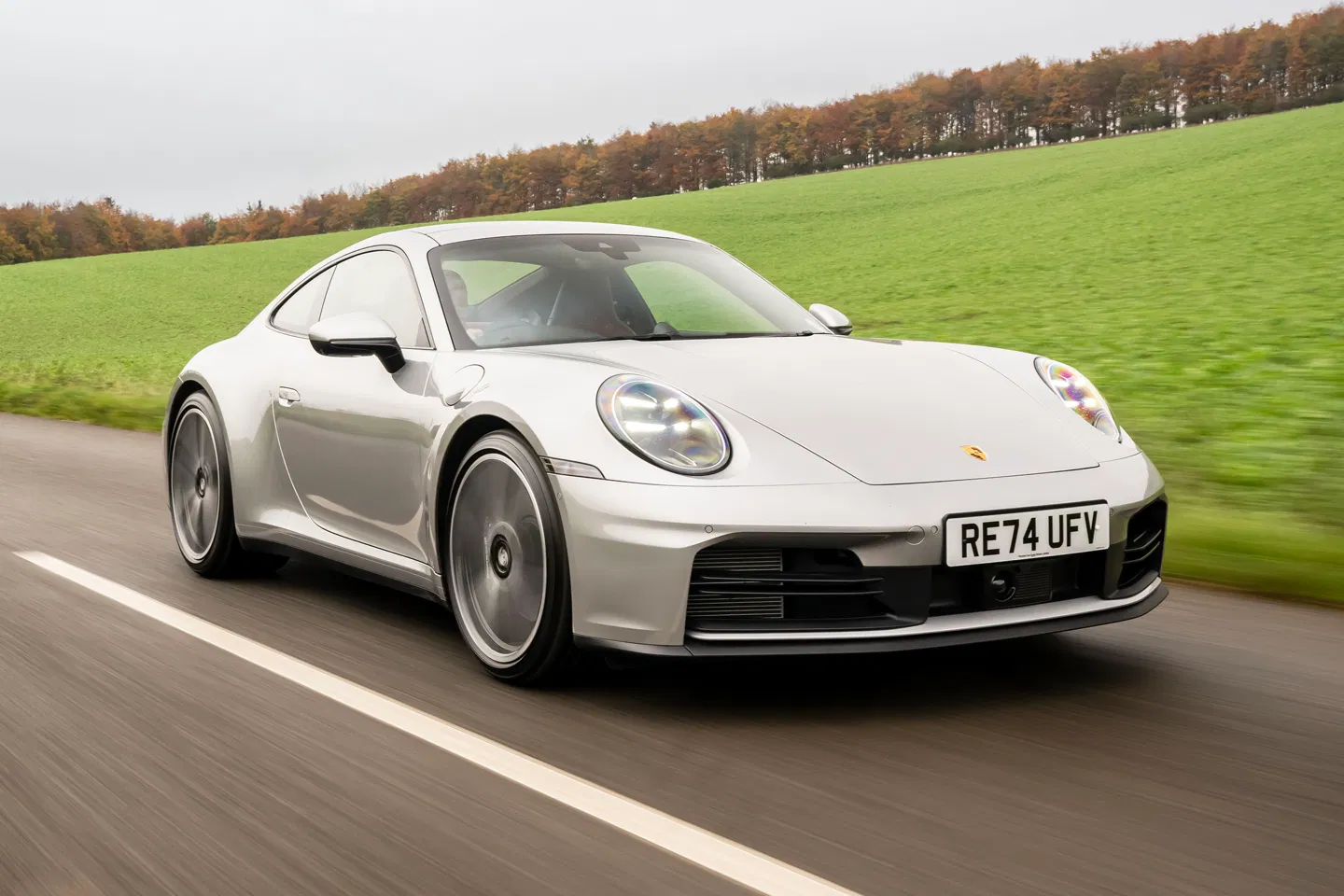
Porsche 911 (996 Generation)
The 996-generation Porsche 911 (1999–2004) is the model that broke with tradition, and because of that, it’s both scorned and celebrated. While purists initially rejected it for its “fried egg” headlights and water-cooled engine, enthusiasts are now circling back. As air-cooled models become prohibitively expensive, the 996 is increasingly seen for what it truly is: a phenomenal driver’s car and the last relatively affordable 911.
From a performance standpoint, the 996 delivers everything you’d expect from a Porsche. The base Carrera models produce around 300 horsepower, while the Carrera 4S and Turbo variants push significantly more, especially when modified. The engine, though maligned for the infamous IMS bearing issue, is otherwise robust and delivers linear, satisfying power. Enthusiasts looking for track-day thrills or canyon-road therapy often find the 996 the most cost-effective way into the Porsche experience.
The 996’s steering and chassis tuning are among its greatest strengths. With a rear-engine layout and hydraulic steering, the feedback through the wheel is rich and intuitive. It rewards driver input with a sense of connection that modern 911s have started to lose. The 996 is lighter than newer models and feels more agile, raw, and analog—three things modern enthusiasts often crave.
Enthusiasts also appreciate the 996 because it still feels like a sports car, not a grand tourer. There’s minimal insulation, the cabin feels focused, and the driving position is nearly perfect. It doesn’t try to coddle you with luxury—it wants you to drive. That honesty appeals to the kind of enthusiast who would rather talk about tire pressure than touchscreen size.
5 Models That Car Enthusiasts Never Consider
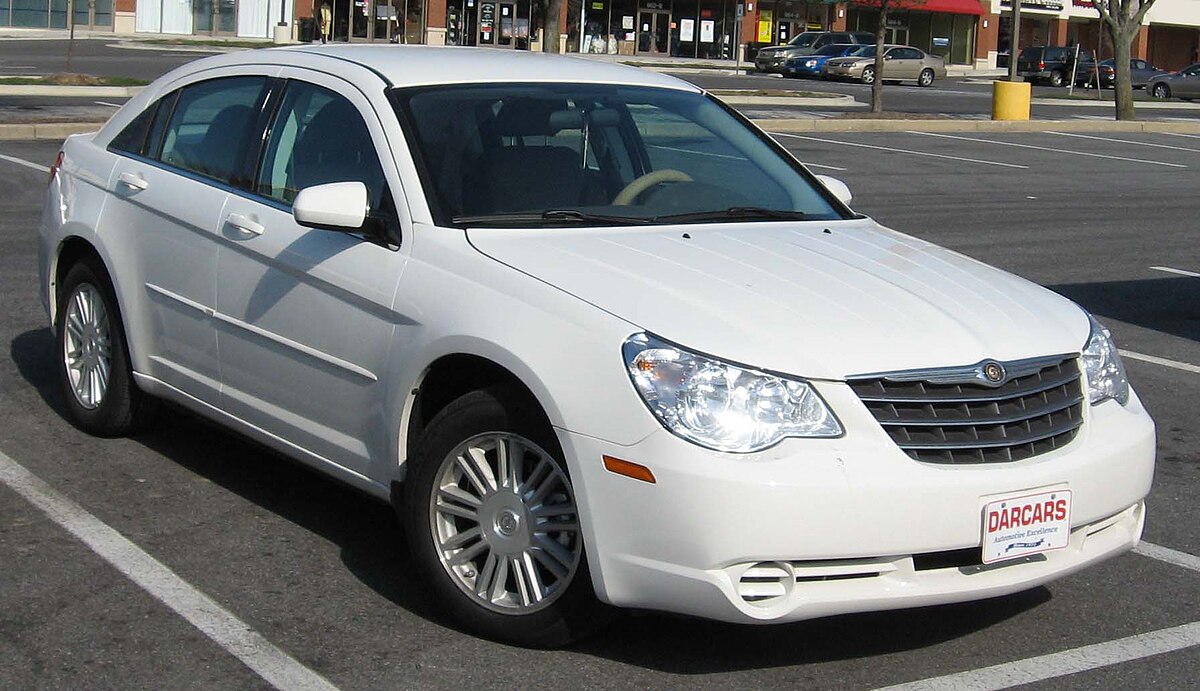
Chrysler Sebring (2001–2010)
The Chrysler Sebring, particularly in its second and third generations, has become something of a punchline in car enthusiast communities. Despite attempts by Chrysler to position it as a stylish and affordable midsize offering, it consistently failed to deliver on performance, handling, or driving enjoyment. For the enthusiast, the Sebring is synonymous with mediocrity, offering none of the traits that make a car desirable beyond mere transportation.
A major downfall of the Sebring was its powertrain lineup. The engines were uninspiring, with base four-cylinders that felt sluggish and V6 options that delivered power in a vague, detached manner. Combine this with clunky automatic transmissions and underwhelming fuel efficiency, and you’re left with a car that underperformed in nearly every mechanical metric. Enthusiasts crave engines that sing, rev, or at least provide some visceral engagement. The Sebring delivers none of that.
Handling was equally disappointing. Built on a soft suspension setup designed more for comfort than agility, the Sebring was never intended to carve corners or inspire confidence. The steering was vague and overboosted, road feedback was almost non-existent, and body roll was excessive even during basic maneuvers. Enthusiasts look for vehicles that communicate through the chassis; the Sebring, on the other hand, seemed determined to say nothing at all.
Interior quality didn’t help its case either. While budget-friendly materials are expected in economy cars, the Sebring was infamous for its brittle plastics, awkward ergonomics, and uninspired layout. A car that lacks driving pleasure can sometimes redeem itself with a well-designed cabin, but the Sebring failed there as well. The seats lacked support, controls felt flimsy, and road noise was ever-present. It was utilitarian in the worst way—not functional, not engaging, just forgettable.
There was also no compelling identity attached to the Sebring. It wasn’t sporty, luxurious, innovative, or particularly efficient. It lacked a niche or fan base. While cars like the Toyota Camry or Honda Accord carved out their place with reliability or refinement, the Sebring was left in limbo. For enthusiasts who often chase cars with history, charm, or soul, this bland identity is an instant dealbreaker.
Convertible versions of the Sebring, intended to capture some of the affordable open-top magic, only worsened the reputation. They were often underpowered, poorly insulated, and floppy in structural rigidity. A convertible that doesn’t bring joy to drive is a contradiction, and the Sebring convertible was exactly that. It gave enthusiasts zero reason to choose it over a used Miata, Mustang, or even a tired Saab.
From a tuning perspective, there’s almost nothing available for the Sebring. There’s no strong aftermarket community, no widespread modification culture, and no performance potential waiting to be unlocked. For gearheads who enjoy working on their cars or making them unique, the Sebring is a dead end. It simply has no path to redemption in the world of wrenching and performance upgrades.
Even from a collector or oddball angle, the Sebring offers little appeal. It hasn’t developed cult status, it’s not rare in any significant way, and it has no motorsports pedigree. Its existence is a product of cost-cutting and uninspired design, and while that may have served fleet sales or rental companies, it’s a non-starter for anyone passionate about cars.
In short, the Chrysler Sebring is the antithesis of what enthusiasts look for in a vehicle. It’s not that it’s offensively bad—it’s that it’s aggressively unremarkable. In a world where enthusiasts appreciate quirks, dynamics, and engagement, the Sebring delivers none. That’s why it’s always overlooked and will continue to be for years to come.
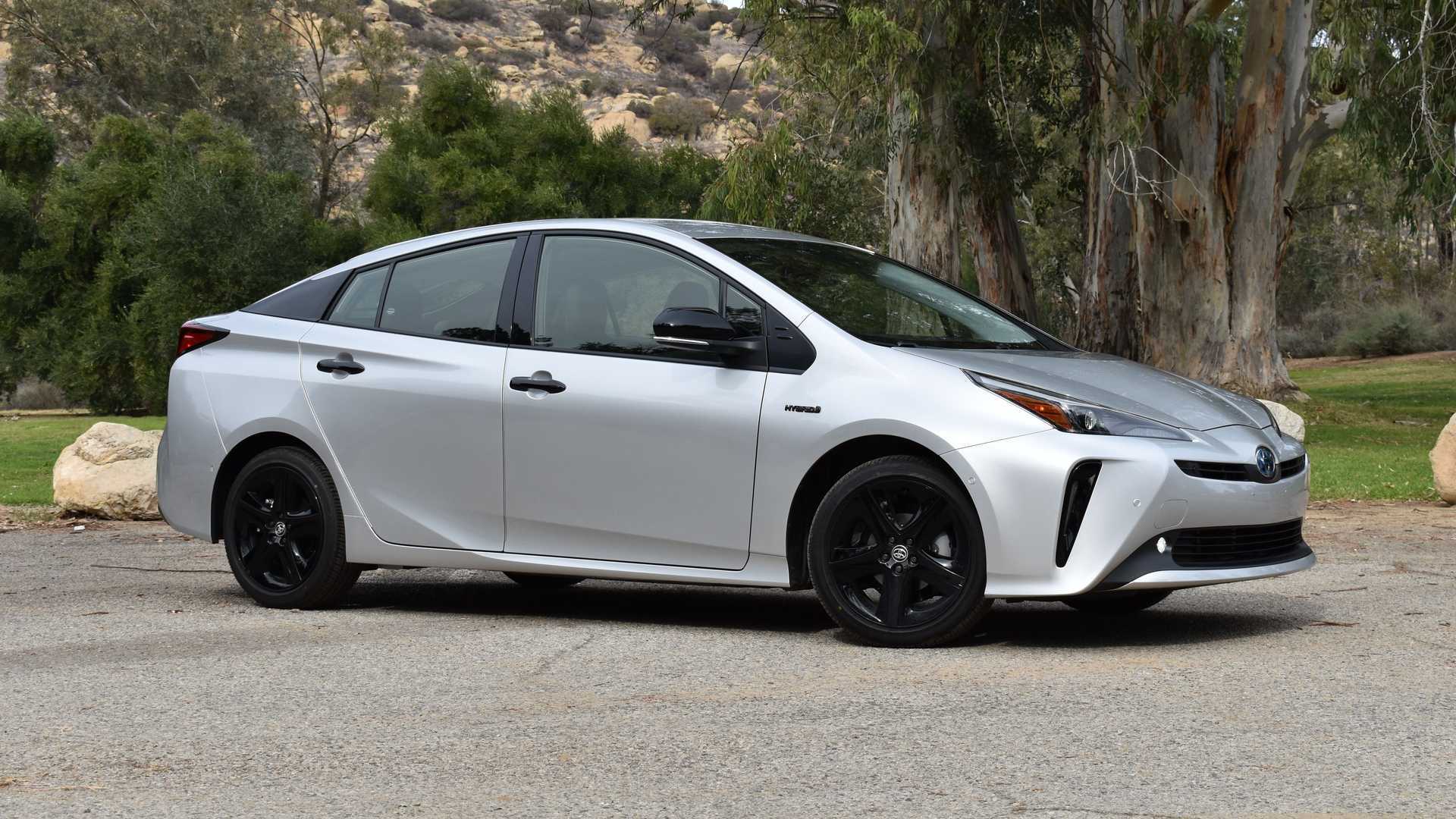
Toyota Prius (Any Generation)
While the Toyota Prius has earned immense respect for its efficiency, practicality, and pioneering role in the hybrid movement, it is rarely, if ever, considered by driving enthusiasts. This isn’t due to poor build quality or reliability (both of which are excellent); it’s because the Prius is designed with a different mission altogether. It’s the epitome of “transportation appliance,” and that’s a deal-breaker for drivers who crave excitement.
From the moment you step into a Prius, you know it was engineered to maximize fuel economy and minimize driver input. The powertrain—a gasoline engine paired with an electric motor and CVT—is optimized for efficiency, not emotion. The acceleration is tepid, the throttle response numb, and the engine note uninspiring. For enthusiasts who celebrate things like throttle feel, rev matching, or a satisfying exhaust note, the Prius is a vacuum of sensation.
The steering and suspension setup follows the same pattern. The Prius is isolated and soft, designed to filter out the road rather than communicate it. While that’s great for long commutes or city driving, it’s fundamentally at odds with what enthusiasts enjoy. Cornering in a Prius feels more like resisting lateral inertia than embracing it. There’s no eagerness to turn in, no joy in exploring its limits—because it doesn’t have any real limits worth exploring.
Visually, the Prius has also struggled to appeal to car lovers. Its unconventional, wedge-like design has been a polarizing element across its generations. While some admire its futuristic profile, most enthusiasts find it uninspiring. It doesn’t look fast, aggressive, or elegant—it looks like what it is: a rolling efficiency machine. Even custom wheels or body kits do little to change that perception. It’s a design optimized for aerodynamics, not passion.
One of the biggest hurdles for enthusiast consideration is the lack of a manual transmission. With everything controlled electronically and optimized for seamless transitions, there’s little mechanical engagement available to the driver. Paddle shifters are nonexistent. Downshifting is meaningless. For a car enthusiast, this removes one of the most enjoyable parts of driving entirely.
The Prius also lacks an aftermarket culture. Sure, you can find accessories and some niche mods for aesthetics or battery tuning, but there’s no thriving community focused on performance. There’s no track day scene, no autocross cult, no “Prius build” subreddit buzzing with creative upgrades. It’s a car people drive because they want to not think about driving. That’s the antithesis of enthusiast ownership.
Despite these drawbacks from an enthusiast perspective, the Prius is a masterclass in efficiency and reliability. But those traits alone aren’t enough to earn it a place in the garages of those who dream about downshifts, apexes, and engine notes. In enthusiast circles, the Prius is often joked about as the car your environmentally conscious relative drives, not the one you take on a back road to “feel alive.”
There is perhaps a version of the future where EVs and hybrids become more enthusiast-friendly, and indeed, Toyota has made strides with vehicles like the GR86 and Supra. But the Prius remains firmly on the other end of the spectrum—safe, solid, and unengaging. That’s why it will always be ignored by those who drive for more than just utility.
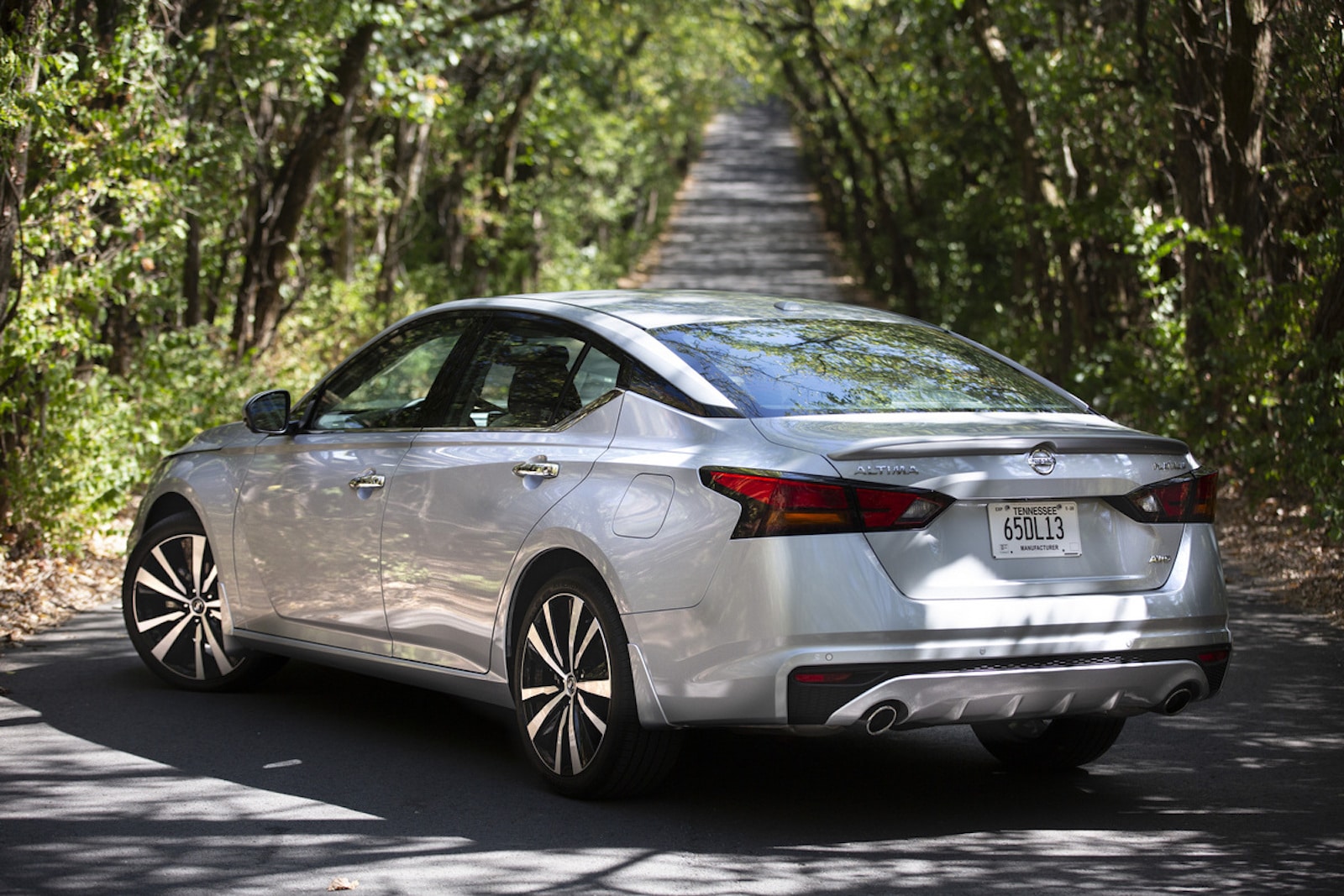
Nissan Altima (2013–Present)
The Nissan Altima, especially from its fifth generation onward (2013–present), is a car that elicits groans or laughter in most enthusiast circles. While it sells extremely well and is mechanically competent for the average commuter, it’s virtually never bought for passion or performance. Instead, the Altima has developed a reputation—fairly or not—as a bland, often-abused commuter car with little redeeming value for drivers who care about, well, driving.
A large part of the Altima’s enthusiast unpopularity stems from its powertrain and transmission pairing. While Nissan has offered a variety of engines over the years—including a peppy 2.0L turbo-four—the vast majority of Altimas are saddled with the company’s CVT (Continuously Variable Transmission). CVTs, in general, are not favored by car enthusiasts, but Nissan’s implementation in particular is infamous for being noisy, droney, and unreliable under stress. It kills any potential joy in acceleration or gear control.
Handling is another weak point. Despite attempts to market the Altima as “sporty” in some trims (like the SR), the reality is a car that understeers heavily, lacks steering feel, and doesn’t respond well to aggressive inputs. It’s built for ride comfort and quiet cruising, not apex hunting. The suspension is tuned for soft compliance, which means lots of body roll and minimal road communication. Even the so-called “sport” trims fail to inspire anything resembling spirited driving.
The Altima also carries the stigma of being a “rental lot favorite.” For years, it was one of the most common fleet cars in America, often used and abused by drivers who cared little for mechanical sympathy. This has left a sea of worn-out used examples flooding the market, further tarnishing its reputation. For enthusiasts seeking clean, well-loved used cars, the Altima is the opposite of what they want to find on a Craigslist search.
Aesthetically, the Altima’s design has become increasingly aggressive, but the styling seems to overpromise what the car can deliver. Faux dual exhausts, large alloy wheels, and blacked-out grilles suggest performance, but it’s all just a facade. When enthusiasts see a car that looks fast but drives slowly, they often feel a deeper level of disappointment than if the car had been plain and honest.
Additionally, the Altima lacks any kind of modification community worth noting. There’s no real performance aftermarket support, no major events centered around Altima builds, and few documented cases of owners transforming them into something engaging or unique. Unlike Hondas or Mazdas, which are budget cars with huge modding potential, the Altima simply has no tuning culture behind it.
Even when considering utility, the Altima falls into a forgettable middle ground. It’s not as refined or comfortable as a Camry, nor as dynamic as an Accord. Its AWD option came too late and doesn’t add much to the enthusiast appeal.
It doesn’t dominate in any category—except perhaps for TikToks mocking reckless Altima drivers in traffic. That viral meme has become its own weird identity, further alienating serious drivers.
The Altima’s fate among car lovers isn’t cruel—it’s just indifferent. It’s not loathed because it’s terrible; it’s ignored because it doesn’t even try to connect. It’s transportation in its purest form, stripped of character, emotion, or reward. That might serve the masses well, but in the enthusiast world, that makes it invisible. There’s simply nothing there to hold onto.
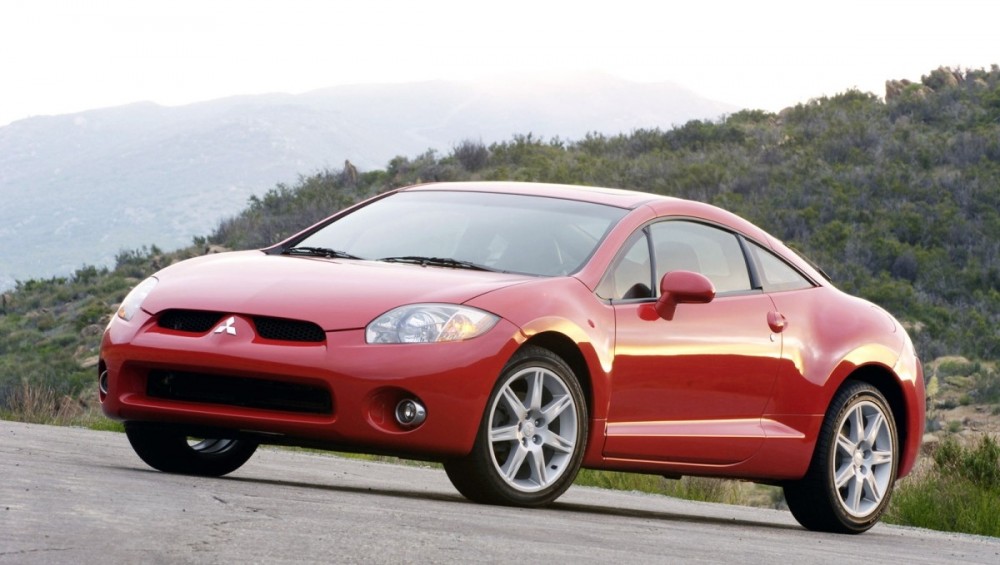
Mitsubishi Eclipse (4th Generation, 2006–2012)
For a time, the Mitsubishi Eclipse was a symbol of attainable performance. The first and second generations (especially with turbocharged AWD trims) were cult favorites and tuner legends. But by the time the fourth-generation Eclipse rolled around in 2006, Mitsubishi had drained it of nearly everything that made it special. It became heavier, softer, and—most critically—front-wheel drive only. Enthusiasts turned away in droves, and the model never recovered its street cred.
One of the biggest problems with the fourth-gen Eclipse was its weight. Tipping the scales at over 3,500 pounds in V6 trims, it was far too heavy for a two-door coupe. This ruined much of the agility and playful dynamics that earlier models were known for.
The car felt bloated and reluctant to change direction, more like a personal luxury coupe than a performance car. For driving enthusiasts used to nimble, tossable machines, it was a major letdown.
The platform itself was also problematic. Built on the same bones as the Dodge Stratus and Chrysler Sebring, the Eclipse was burdened with economy-car underpinnings. While it received some styling flair and a bit of power, it lacked the composure and refinement needed to back it up. The suspension tuning was soft, the steering numb, and torque steer was a common complaint with the more powerful V6 models.
Speaking of power, the 3.8L MIVEC V6 produced decent numbers on paper—263 horsepower—but it lacked engagement. The power delivery was lumpy, and the car never felt as quick as the specs suggested. The manual transmission option was there, but the shift feel was rubbery, and the clutch vague. Compared to rivals like the Civic Si or Mustang GT, the Eclipse felt slow, disconnected, and oddly unfocused.
Design-wise, the car tried hard to look sporty. It had swoopy curves, flared arches, and large wheels, but it was all surface-level appeal. It lacked the purposeful aggression of earlier models, and enthusiasts could sense it. The coupe looked fast, but wasn’t. And the convertible variant added weight and chassis flex, making things worse from a performance perspective.
Another blow was the lack of a turbocharged or AWD variant. The earlier Eclipse GSX and GST had legitimate street-racing cred, thanks to their forced induction and rally-style grip. Without those options, the fourth-gen Eclipse couldn’t tap into the tuner scene that once embraced it. Mitsubishi had alienated its core fanbase, and no new one stepped in to fill the void.
The aftermarket support had also withered by this point. Tuners had moved on to Subarus, Evos, and Hondas. There was little interest in modifying the fourth-gen Eclipse beyond superficial cosmetic changes. Without a strong enthusiast base, the model faded into obscurity and eventually into bargain-bin used car listings, rarely restored or cherished.
When it was finally discontinued, few mourned its passing. Mitsubishi itself has struggled to reestablish its performance identity since then, and the Eclipse Cross—an SUV in name only—only deepened the wound. To enthusiasts, the fourth-gen Eclipse is a cautionary tale: a beloved badge wasted on a car that didn’t deserve it. That betrayal of legacy is why it remains permanently off the radar.
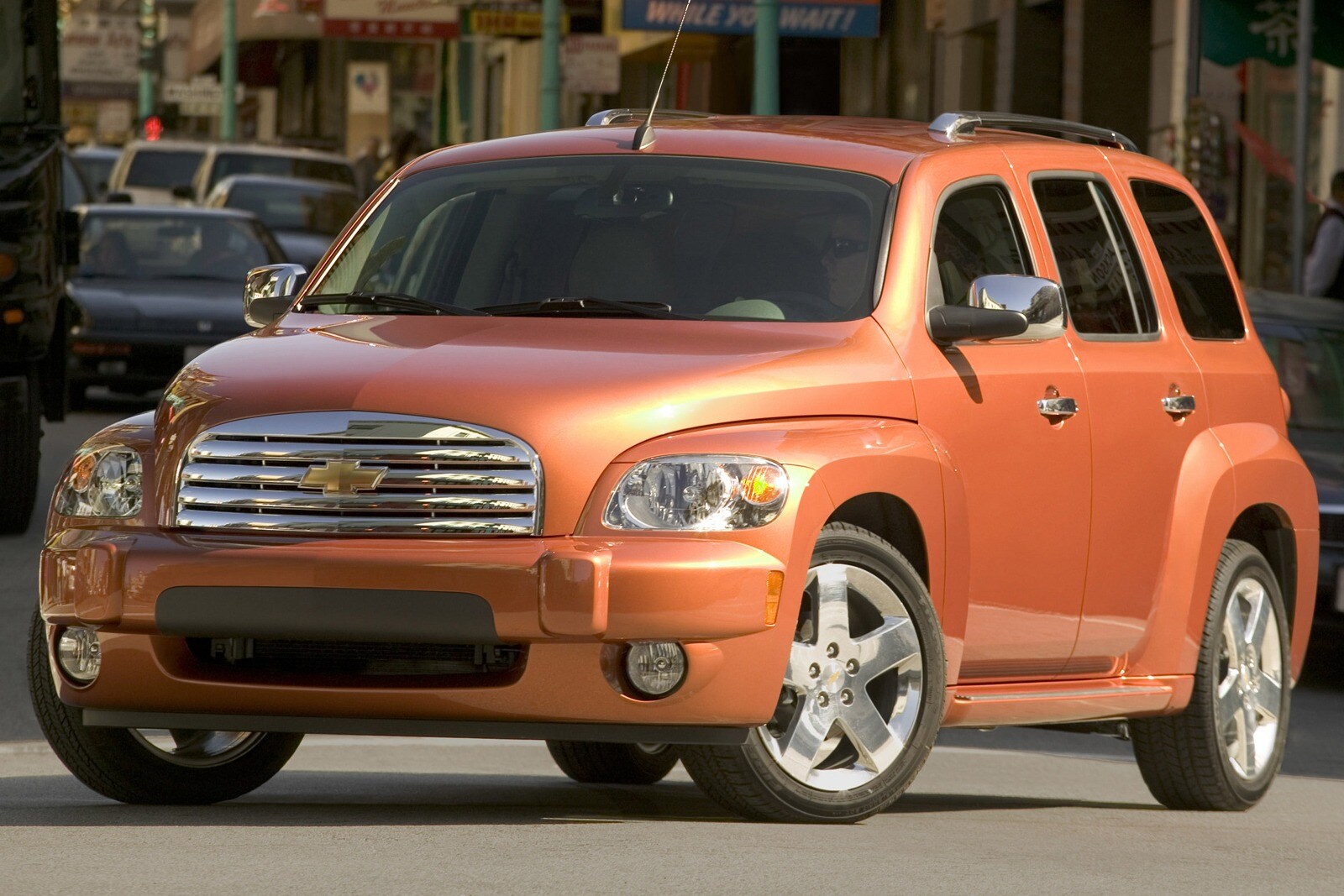
Chevrolet HHR (2006–2011)
The Chevrolet HHR was GM’s retro-themed answer to the PT Cruiser, and while it had a certain novelty factor upon release, it never stood a chance with driving enthusiasts. Designed more for style than substance, the HHR (Heritage High Roof) tried to invoke 1940s panel vans while offering compact utility. What it didn’t offer was any kind of satisfying driving experience or performance capability—two things enthusiasts prioritize heavily.
First impressions aren’t everything, but the HHR makes a rough one. Its styling, while distinctive, quickly divided opinion. It looked awkwardly tall, with cramped proportions and visibility issues. For someone used to cars that sit low and look sleek, the HHR felt more like a scaled-down SUV wearing a hot rod costume. There’s nothing about its appearance that suggests speed, agility, or fun—just kitsch.
Under the hood, the HHR was strictly average. Most models came with a 2.2L or 2.4L Ecotec engine mated to an automatic transmission. The SS version introduced a turbocharged 2.0L engine and a manual gearbox, which was a genuine bright spot—but by then, the model’s image was already cemented. Few buyers saw the SS as a real performance car, and even fewer have preserved or celebrated them today.
Handling was equally forgettable. The steering was numb, the suspension soft, and the ride soggy on anything other than smooth pavement. It didn’t inspire confidence in corners, nor did it reward enthusiastic inputs. For a car that could’ve carved out a niche as a funky hot hatch, it failed to capture either form or function in a way that mattered to performance-minded drivers.
Interior quality was subpar as well. Cheap plastics, outdated infotainment, and awkward ergonomics made the HHR feel behind the times even at launch. For a car marketed as retro-futuristic, the inside felt like neither. Enthusiasts often appreciate a car’s cabin as a functional cockpit or a thoughtfully designed space. In the HHR, it felt more like an afterthought.
From a tuning perspective, there was little reason to engage. Outside of the rare SS models, the HHR wasn’t supported by a strong aftermarket. No culture of customization, racing, or modding ever took root. You won’t find HHR track builds, drift cars, or resto-mods appearing on social media or at meets. It was never “cool,” even ironically, which is unusual for retro cars.
Used examples of the HHR now populate the cheapest corners of the used car market, often in worn condition. They’re favored by delivery drivers or people looking for budget cargo space, not passionate gearheads. That association with utility, combined with uninspiring dynamics, makes it a no-go for anyone looking for a fun or memorable driving experience.
Ultimately, the HHR tried to be many things—retro, practical, affordable—but ended up being none of the things that enthusiasts care about. It’s not fast, it’s not agile, it’s not rare, and it’s not particularly charming. It was a curiosity at best and a forgettable misstep at worst. That’s why, even today, it remains a nonstarter in any serious car enthusiast conversation.
Also Read: 5 Engines That Never Burn Coolant and 5 That Always Need Top-Ups
The divide between enthusiast-loved used cars and those perpetually overlooked is as much about emotion as it is about engineering.
Some vehicles, even decades after their release, continue to stir something in drivers—memories of youth, dreams of track days, or just the simple satisfaction of a well-executed downshift.
Others, despite being perfectly capable from a utilitarian standpoint, fall flat when asked to inspire or connect. They may serve a purpose, but they rarely ignite passion. In the used market, where emotion often overrides logic, this difference becomes the deciding factor.
The five cars that enthusiasts still seek out—models like the Mazda MX-5 Miata, Subaru WRX/STI, Honda S2000, E46 BMW M3, and the Porsche 996—represent something timeless. They weren’t just machines; they were movements. They came with factory DNA that catered to drivers who cared about balance, control, and sensation.
Whether through masterful chassis tuning, high-revving engines, or iconic design language, these cars earned their reputations not just on paper, but on pavement. Each one carved its name into driving folklore, becoming more than transportation—they became experiences.
What ties these enthusiast favorites together isn’t perfection. In fact, some of them are far from flawless. The E46 M3 has expensive maintenance costs. The WRX/STI is infamous for engine issues if neglected. The 996 Porsche was derided for its IMS bearing problem. And yet, people still line up for them on used car auctions, forums, and enthusiast sites.
That speaks volumes. Enthusiasts are often willing to overlook—or fix—mechanical headaches in pursuit of joy. The enduring appeal of these models comes not from objective superiority, but from the subjective feeling they deliver behind the wheel.
Contrast that with the models car enthusiasts rarely consider: the Chrysler Sebring, Toyota Prius, Nissan Altima, fourth-generation Mitsubishi Eclipse, and Chevrolet HHR. These cars weren’t designed to engage—they were built to meet quotas, fill fleets, or target safety over stimulation.
And there’s nothing inherently wrong with that. Each of these vehicles serves a practical purpose. The Prius excels in efficiency. The Altima is affordable and spacious. The Sebring and HHR offered accessible transportation at a low cost. But none of them made the driver feel connected. None of them ever asked to be pushed to the limit, or encouraged it.
Driving for enthusiasts isn’t just about getting from A to B. It’s about how you get there. It’s about road feel, engine note, control, and character. When a car lacks those ingredients, it doesn’t matter how affordable or reliable it is—it won’t cut. That’s why, even if a used Prius is a bargain, and a Sebring convertible offers open-air motoring for cheap, these cars still sit untouched in enthusiast circles. They offer no gateway to a deeper automotive experience.
It’s also about the culture surrounding the car. Enthusiast favorites have communities, events, modding support, and shared lore. There are meetups, forum threads, YouTube build series, and weekend wrenching sessions devoted to keeping these cars alive.
They generate stories. On the flip side, the model enthusiasts often lack that community backbone. Without that sense of belonging or shared knowledge, it’s harder to justify the effort required to care deeply about them.
In the end, what this comparison highlights is something that can’t be captured on a spec sheet or brochure: soul. Some cars have it. Others don’t.
And in the used market, where every car has lived a life and shows its scars, that soul matters more than ever. It’s what drives people to pay over market value for a 20-year-old roadster or travel across the country for a clean M3. It’s what makes a car yours, not just something you drive.
So for the enthusiast, the message is clear. Choose cars that speak to you, challenge you, excite you. Buy the one that makes you smile when you start it up—not just the one that makes sense. Because at the end of the day, driving should feel like something. And the cars that still get bought, year after year, are the ones that always will.

